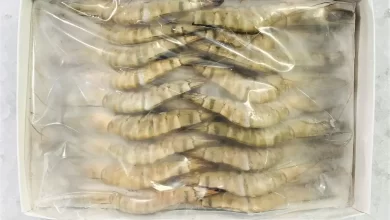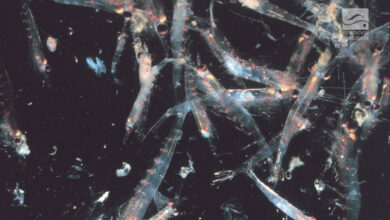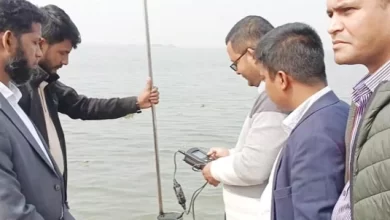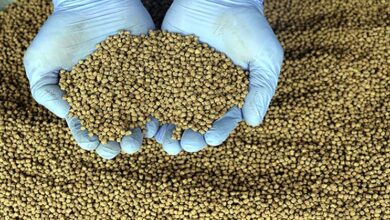Value-added fish products and its enormous potentiality
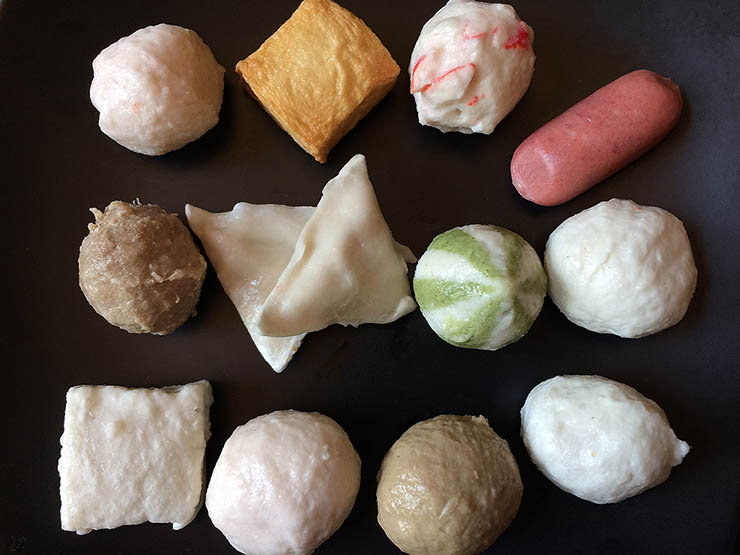
What is value added product?
One of the healthiest foods on the planet is fish, and Bangladesh is currently self-sufficient in fish production. The process for transferring fish into products that are appeared by the customer as having added quality and interest is called value-added fish products.
Example of value-added fishery product:
The demand to create value-added fish products from fish like Pangasius, Tilapia, Rohu, Katla, etc. arises from the growing yearly production of fish. There are several ways to increase the value of wet fish. One such instance is the manufacturing of dressed fish products, or Ready-to-Cook fish, which is in high demand abroad. Fish cutters determine prices according to fish size and kind, functioning as a crucial link in the fish value chain.
In the wet fish business, value addition includes processing fish and shrimp for export, such as butterfly, fish steak, and headless shell-on shrimp. Fish processing enterprises and home kitchens can produce a variety of dressed fish products, such as boneless, skinned, steaks, chunks, loins, fillets, gutted, scaled, and chopped fish, for personal or small-scale business usage.
Some value-added cooked fish products include mince or products based on mince and products coated, breaded, or battered. Fish mince, also known as minced fish, is the flesh that has been removed from the fish and is devoid of scales, skin, and bones. Fish mince is used to make a variety of “convenience foods,” including fish cutlets, fish balls, and fish nuggets. A batter is a liquid concoction that is made up of flour, water, starch, and seasoning that is used to dip food goods before they are cooked.
Potentiality of value-added fish products:
Value-added product marketing is quite distinct from the conventional seafood industry. It is sensitive, dynamic, intricate, and highly costly. Because of the rising realization of valuable foreign exchange, value addition is the buzzword of the food processing sector, especially in the export-oriented fish processing industry. Fish and fisheries goods might have value added to them based on the demands of various markets. Value addition is one strategy that can be used to increase profitability in the fish processing sector, which is getting more and more expensive and competitive.
A value-added cooked product has the advantage of hiding the identity of the original fish from which it was made, thus even though the original fish would not have been accepted as a whole, customers may not hesitate to accept mince or mince-based items.
According to SM Rezaul Karim, Minister of Fisheries and Livestock, Bangladesh is currently exporting fish and fish-related products to more than 50 nations worldwide. The minister stated that the nation exported 74,042.67 tons of fish and fish-related items in the 2021–2022 fiscal year, bringing in Taka 51.92 billion in foreign exchange. Furthermore, the nation exports a variety of dried fish varieties, fish scales, and shrimp shells. Value-added products account for over 70% of all fisheries and seafood products exported.
In addition to providing business owners with profits, the value-added fishery product production method saves consumers time, generates new employment opportunities, and supports the expansion of both the small and major fish processing industries.
Farhana Islam
Agriculturist, Researcher
Fisheries Resource Management, CVASU

